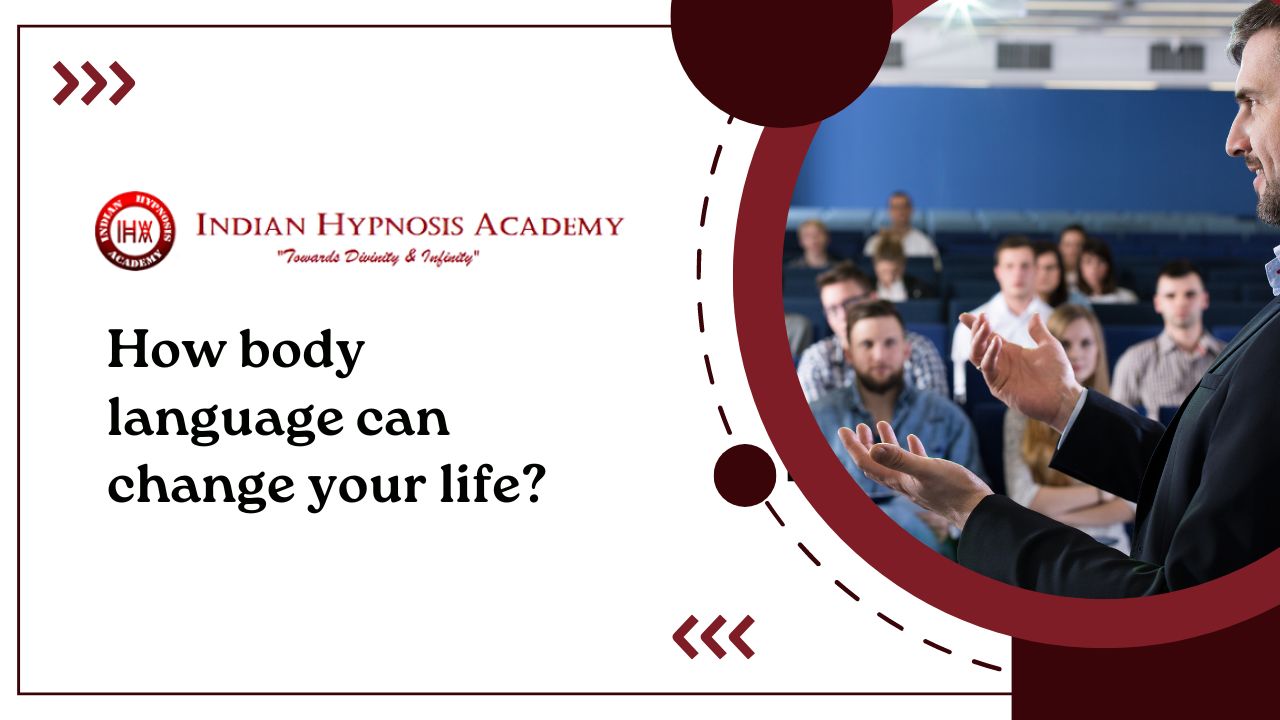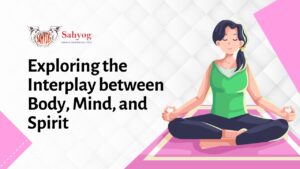Introduction: The power of body language
Ever wondered how a simple shift in posture or a subtle gesture could hold the key to transforming your life? Enter the captivating world of body language – where unspoken cues speak volumes, shaping our interactions and relationships in ways we never imagined. Brace yourself for an eye-opening journey as we delve into the profound impact that mastering body language can have on every aspect of your existence.
Understanding the basics: What is body language?
Body language is a silent yet powerful form of communication. It encompasses gestures, facial expressions, posture, and even eye contact. Understanding body language goes beyond words; it’s about decoding the unspoken signals we send and receive every day.
By paying attention to someone’s body language, you can gain insight into their thoughts and feelings that may not be explicitly expressed verbally. For example, crossed arms could indicate defensiveness or closed-off behavior, while leaning in might signal interest or engagement.
Mastering the basics of body language involves being aware of your own non-verbal cues as well. How you present yourself through your gestures and movements can greatly impact how others perceive you in various situations.
In essence, body language serves as a window into our inner emotions and intentions. Learning to interpret these subtle cues can enhance communication skills and deepen connections with others on both personal and professional levels.
The impact of body language on communication and relationships
Body language plays a crucial role in how we communicate and build relationships with others. The way we use gestures, facial expressions, posture, and eye contact can convey a wealth of information without saying a single word. It shapes the perception others have of us and influences how they respond to our messages.
Positive body language such as maintaining eye contact, smiling genuinely, and standing or sitting up straight can create an atmosphere of openness and trust in interactions. On the contrary, crossed arms, avoiding eye contact, or fidgeting may signal defensiveness or disinterest, hindering effective communication.
In relationships, being mindful of your body language can enhance intimacy and strengthen connections. Showing empathy through attentive listening cues like nodding can make the other person feel heard and understood. Similarly, mirroring their gestures subtly can foster rapport and build rapport effortlessly.
Awareness of nonverbal cues is key to fostering healthy communication dynamics and nurturing meaningful relationships in both personal and professional spheres.
Moreover, body language can also reveal underlying emotions and intentions, even when our words may suggest otherwise. For instance, someone may say they are happy, but their slumped shoulders or lack of eye contact can indicate sadness or discomfort.
Being cognizant of these cues in both ourselves and others allows for more authentic and honest communication. It helps us to better understand each other’s needs, perspectives, and feelings, leading to more fulfilling relationships.
In summary, body language is a powerful tool that can enhance or hinder communication and relationships. By being mindful of our own nonverbal cues and attuned to those of others, we can improve understanding, connection, and trust in our interactions.
How body language can affect your personal and professional life
Have you ever noticed how your body language can impact the way others perceive you? In both personal and professional settings, nonverbal cues play a significant role in shaping people’s opinions about you. The way you stand, gesture, or make eye contact can convey confidence, assertiveness, or even insecurity without saying a word.
In personal relationships, positive body language such as smiling, maintaining good posture, and active listening can foster trust and connection with others. On the other hand, crossed arms, fidgeting, or avoiding eye contact may signal discomfort or disinterest.
In the workplace, strong body language is crucial for effective communication and leadership. A firm handshake and making direct eye contact during a job interview can leave a lasting impression on potential employers. Additionally, open gestures and mirroring techniques during meetings can enhance collaboration and team dynamics.
By being mindful of your body language cues in various situations, you can project confidence and professionalism while building stronger interpersonal connections along the way.
Techniques to improve your body language
Improving your body language can have a profound impact on how you are perceived by others. Start by maintaining good posture; stand tall and avoid slouching to exude confidence.
Eye contact is key in conveying interest and attentiveness, so make sure to maintain it without staring intensely.
Gestures should be natural and purposeful, emphasizing your words but not overpowering them.
Mirroring the body language of others can create rapport and establish a connection.
Be mindful of your facial expressions as they can communicate more than words ever could.
Practice open gestures rather than closed-off ones to appear approachable and welcoming.
Remember that consistency is crucial; align your verbal communication with your nonverbal cues for an authentic presence.
By mastering these techniques, you can elevate your interactions and make a lasting impression on those around you.
Common misconceptions about body language
Body language is often misunderstood and misinterpreted. One common misconception is that body language always reflects a person’s true feelings. While it can provide clues, it’s not always accurate. Another myth is that confident people have perfect body language all the time. In reality, everyone has moments of insecurity or nervousness.
Some believe that body language can be easily faked to manipulate others. However, genuine emotions tend to leak through despite efforts to disguise them. Additionally, crossing arms or avoiding eye contact doesn’t always mean someone is being defensive or dishonest; cultural differences play a significant role in interpreting these gestures.
It’s also incorrect to assume that one universal gesture means the same thing everywhere. Different cultures may interpret body language differently, so it’s crucial to consider context when analyzing nonverbal cues.
Another misconception is that body language is always intentional. While we can control some aspects of our nonverbal communication, many gestures and expressions are subconscious and difficult to control.
Lastly, people often believe that certain body language can guarantee success in social interactions or job interviews. While confident posture and positive facial expressions can improve first impressions, they do not guarantee success on their own. Other factors such as verbal communication skills and qualifications also play a significant role.
Case studies and success stories
Have you ever wondered how body language can truly make a difference in someone’s life? Let’s dive into some fascinating case studies and success stories that showcase the transformative power of mastering nonverbal communication.
Case Study 1: Sarah, a shy college student, used to struggle with public speaking. By practicing confident body language techniques, such as standing tall and making eye contact, she not only aced her presentations but also gained newfound self-assurance.
Success Story 1: John, a sales executive, learned how to read his clients’ body language cues during meetings. By mirroring their gestures and maintaining open posture, he built stronger relationships and closed more deals than ever before.
Case Study 2: Emma, a job seeker interviewing for her dream position, focused on exuding warmth through her smile and handshake. This simple adjustment helped her connect with the interviewers on a personal level and land the job.
Success Story 2: Mark, an aspiring leader in his company, worked on his assertive body language to command respect from his team. His confident stance and strong presence inspired others to follow his lead and elevated him to a leadership role.
These real-life examples demonstrate the tangible impact of harnessing the power of body language in various aspects of life.
Conclusion: Harnessing the power of body language for a better life
Body language is a powerful tool that can significantly impact your personal and professional life. By understanding the basics of body language, you can improve your communication skills, build better relationships, and project confidence and authority.
Learning to control and improve your body language takes time and practice. Techniques such as maintaining eye contact, using open gestures, and mirroring others can help you convey positive messages effectively.
Remember that body language is not just about what you say but how you say it. It’s about being aware of the signals you are sending out to the world and making sure they align with your intentions.
By harnessing the power of body language, you can transform your life for the better. So next time you find yourself in a social or professional setting, pay attention to your posture, gestures, facial expressions, and tone of voice – they might just make all the difference in achieving success and happiness.



